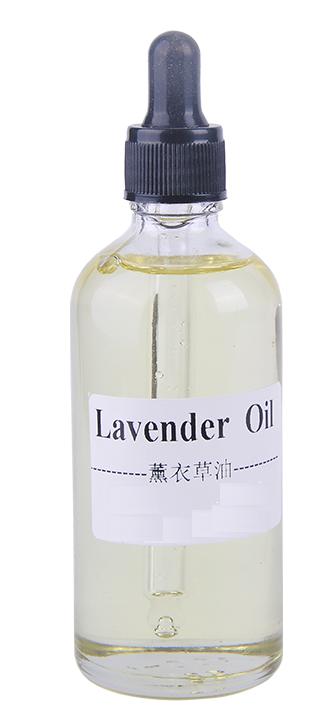Lavender oil
Xinjiang\\\\\\\\\\\\\\\'s lavender essential oil is of course the best in China and the best in Asia. The climate, geographical conditions and soil conditions in Xinjiang are also very suitable for planting lavender
Xinjiang\\\\\\\\\\\\\\\'s lavender essential oil is of course the best in China and the best in Asia. The climate, geographical conditions and soil conditions in Xinjiang are also very suitable for planting lavender
1.Quick Details
CAS No: 8000-28-0
HS Code: 3301299999
BOTANICAL NAME: Lavandula angustifolia or officinale
Raw Material: Flowers
Color: colorless or pale yellow liquid
Extraction Method: Steam Distilled
INCI Name: LAVANDULA ANGUSTIFOLIA OIL
Grade: 100% Pure and Nature
Packaging: 50kg net drum
2. Introduction
Xinjiang's lavender essential oil is of course the best in China and the best in Asia. The climate, geographical conditions and soil conditions in Xinjiang are also very suitable for planting lavender, which is between 42-45 degrees north latitude. Similar to Provence in France, the clouds have less sunshine intensity and an altitude of 600 to 1800 meters. The sunshine time is long and dry. The lavender plants grown here are sturdy, and the sunshine season (June to August) is guaranteed. The bouquets are good and the concentration of essential oils is high.

3. Specifications
|
Testing Items |
Standard Requirements |
|
Color and Appearance |
Pale yellow liquid |
|
Scent |
Characteristic aroma |
|
Density |
0.876-0.895 |
|
Optical Rotation |
-12.0°--- -6.0° |
|
Refractive Index (20℃) |
1.4570-1.4640 |
|
Solubility (20℃) |
Add 1 volume sample to 3 volume of ethanol 70%(v/v), obtaining a settled solution. |
|
Acid Value |
≤1.2 |
4. Application
Lavender essential oil obtained from the flowers combats halitosis, is antiseptic, antispasmodic, aromatic, carminative, cholagogue, diuretic, nervine, sedative, stimulative, stomachic and tonic. It is rich in linalyl acetate and linalool and further aroma components are β-ocimene, cineol, and caryophyllene epoxide, even coumarin derivates (coumarin, dihydrocoumarine, herniarin, umbelliferone) are present.
1. Industrial
Applications are in soap making, high-quality perfumes such as eau de cologne, candles, incense sachets, potpourri, wands, pillows, flower bundles, dried arrangements, wall hangings, wreaths and many more. It is also used in bath products such as soap, shampoo, bath oil, lotion, bath salt. The fresh leaves repel mice. Lavender, in combination with rosemary essential oil, is used as organic pesticide at a 2 % solution.
2. Cosmetic
Lavender is incorporated extensively in cosmetic preparations owing to its safety and sedative action. It is used in creams; it soothes the skin and can prevent the formation of permanent scar tissue.
3. Pharmaceutical and therapeutic
Lavender is a frequently used household herbal remedy. It is not often used internally, though it is a useful carminative and nervine. It is mainly used externally when rubbed into the temples, and it can cure a nervous headache. Its powerful antiseptic properties are able to kill many of the frequent bacteria such as typhoid, diphtheria, streptococcus and pneumococcus, as well as being a powerful antidote to some snake venoms. It is very useful in the treatment of burns, sunburn, scalds, bites, vaginal discharge, and anal fissure. The essential oil is used in aromatherapy. The leaves are also added to bath water for fragrance and their therapeutic properties.
4. Food and flavouring
Lavender is used for a variety of food flavourings such as lavender jelly, cookies, ice cream, culinary herb blends, lavender tea, honey and salt. It is used as a strewing herb to impart a sweet smell to rooms and to deter insects.
5.Storage:
Store in cool and dry place
6. Conditions of Transport
Dangerous
goods NA 1993 / PGIII